TechRadar Verdict
She-Hulk: Attorney at Law is a contender for the strongest entry award in Marvel's Disney Plus back catalog. It eschews the studio's tried-and-tested formula in favor of something more creative, funnier, and surreal; elements that help it shine as a TV spectacle. There are issues with some derivative story beats, while its lack of overarching threat mean She-Hulk's live-action debut may fall victim to the same rushed finale problem that other Marvel TV offerings have. Largely, though, Attorney at Law is a superb MCU entry – and arguably its biggest surprise package for a long time.
Pros
- +
Extremely funny
- +
Talented cast having a blast
- +
Embraces the absurdity of the MCU
- +
Subtle and richly nuanced themes
- +
Marvelous VFX
Cons
- -
Some deriative plot points
- -
Lack of main villain/threat conspicuous by its absence
Why you can trust TechRadar
- Releasing on Thursday, August 18
- Launches exclusively on Disney Plus
- Comprises nine episodes
- Stars Tatiana Maslany as Jennifer Walters/She-Hulk
- Mark Ruffalo's Bruce Banner/Hulk also features
- Tim Roth's Abomination, Charlie Cox's Daredevil, and Benedict Wong's Wong also play supporting roles
- Directed by Kat Coiro and Anu Valia
- Written by Jessica Gao
The ceremonial passing of the torch between superheroes in the Marvel Cinematic Universe (MCU) is in full swing. With fan-favorite characters, including Iron Man and Black Widow, no longer around, it's up to the next generation to protect Earth from all manner of threats.
Marvel has already introduced audiences to new superpowered beings in its Phase 4 slate. From Moon Knight and Ms Marvel, to Hawkeye's Kate Bishop and Doctor Strange 2's America Chavez, a new wave of heroes are ready to act when the time comes.
The latest addition to that roster is She-Hulk, who finally makes her live-action MCU debut on Disney Plus on August 18. Centering a project on an almost entirely CGI character, one uniquely placed in the MCU as a legal comedy, though, seems ripe for criticism. After all, She-Hulk: Attorney at Law has dealt with plenty of VFX controversy since its first trailer dropped in May.
Well, MCU fans can breathe a sigh of relief. She-Hulk: Attorney at Law is a supremely unique, comedy-fuelled caper of a Disney Plus series that delivers yet another win for Marvel Studios. It's not the best MCU TV show around – its pacing issues and overly humorous tones may annoy some viewers. Nonetheless, this MCU Phase 4 production is an entertaining romp that'll delight casual and diehard Marvel fans alike.
Rising to the occasion
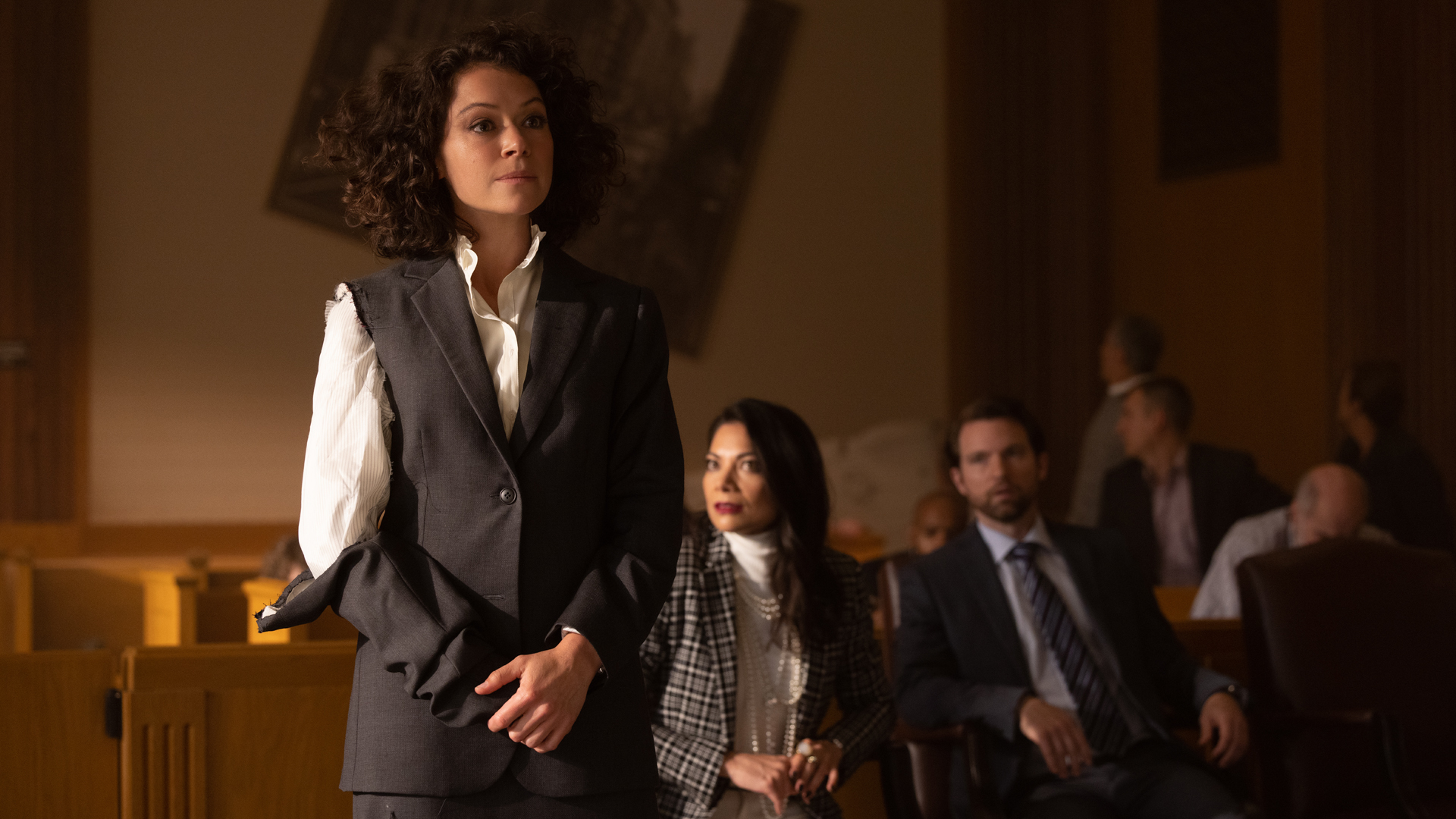
She-Hulk: Attorney at Law tells the story of Jennifer Walters (Tatiana Maslany), a confident but unassuming 30-something lawyer and cousin to Bruce Banner (Mark Ruffalo), aka the Hulk.
When the duo is involved in a car accident during a family road trip, Walters rescues the un-Hulk-ified Banner from the wreckage. However, some of Banner's gamma-irradiated blood accidentally contaminates one of Walters' wounds – a freak incident that turns her into a mean, green, Hulk-ing machine. Eschewing Banner’s wish for her to pursue an existence away from the limelight, Walters returns to her “normal” life. Now imbued with superpowers, though, Walters must learn to juggle her work, love, social, and superhero lives in a world where being a female lawyer was difficult enough as it was.
This deviation from Walters' comic origins – she’s injured during a shooting in the source material – may frustrate some Marvel fans. Contextually, though, it’s a revision that fits She-Hulk’s MCU introduction. By changing She-Hulk’s origin story, which plays out in its entirety in episode 1, Banner/Hulk has a more prominent role in Walters’ MCU arrival than he has in the comics. Satisfyingly, it’s a creative choice that allows him to act as a guide to Walters and viewers about the responsibilities and perils of being a Hulk.
She-Hulk actively leans into the absurdity of a universe inhabited by superpowered individuals
Moreover, She-Hulk’s opening episode also acts as a transitory piece that symbolically installs Walters as the Hulk’s successor. The way Ruffalo’s Hulk speaks and acts, as well as how his subplot plays out in early episodes, suggests he’ll be taking a backseat in the MCU from now on. She-Hulk’s first episode doesn’t just help to establish this new character in Marvel’s juggernaut franchise, then – it’s also another example of the changing of the MCU’s superhero guard.
With She-Hulk’s origins fully established, Attorney at Law wastes no time in leaning heavily into its positioning as a legal comedy.
Following a conventional case of the week format – think Law & Order, or even other shows like medical drama House and iconic sci-fi series The X-Files – with a superhero twist, She-Hulk’s TV show is arguably the MCU’s most meta project to date. It actively leans into the absurdity of a universe inhabited by superpowered individuals, who are just as likely as humans (if not more so) to land themselves in court for bizarre or troublesome actions.
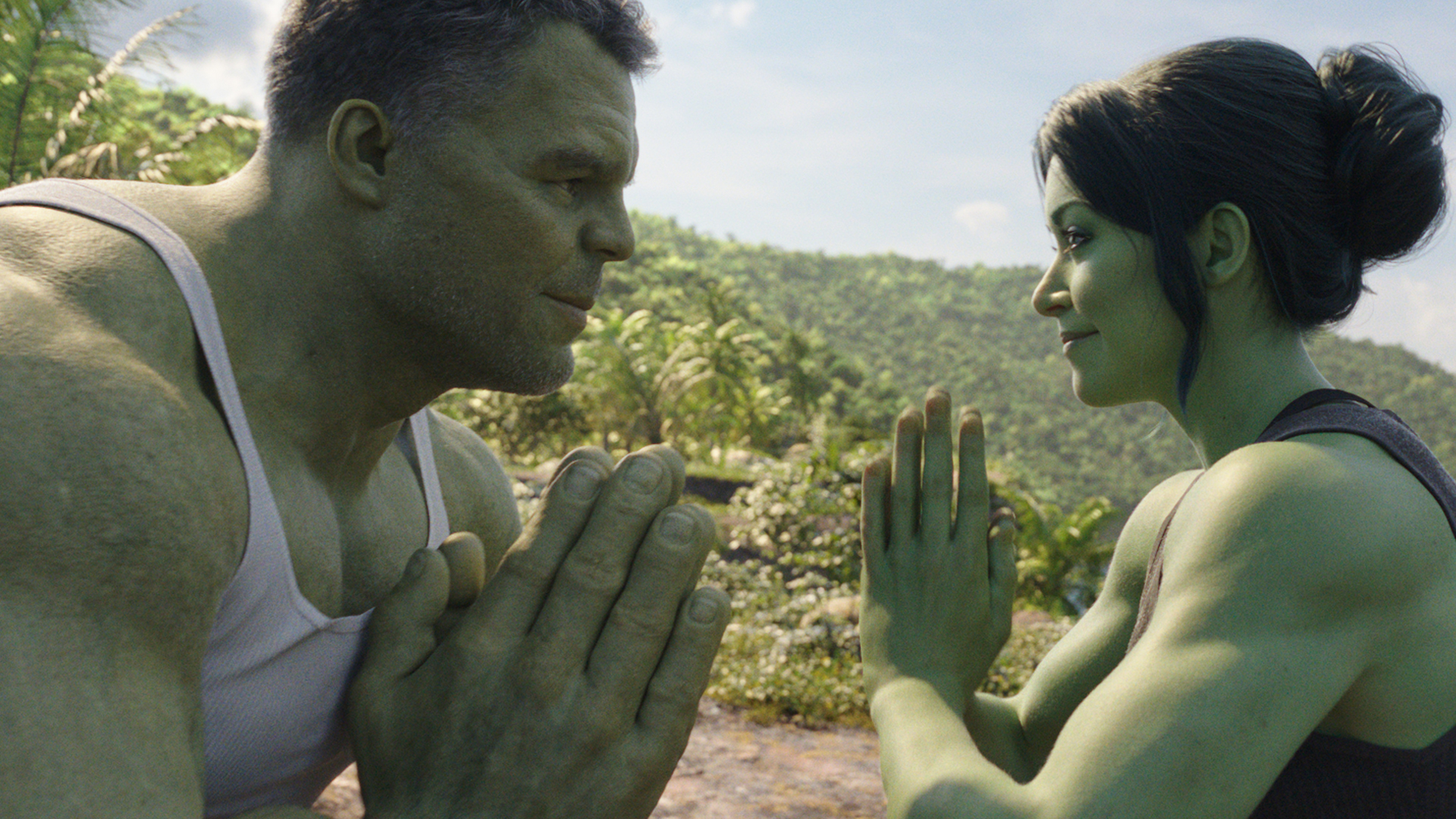
It’s here where She-Hulk: Attorney at Law shines brightest. Its whimsical, weird, and witty cadence is in pleasingly stark contrast to MCU projects with more serious overtones. From the inclusion of off-brand characters like Frog Man and Porcupine – individuals teased in the series’ trailers – to how it pokes fun at MCU staples, such as its post-credit scenes, She-Hulk: Attorney at Law isn’t afraid to mock the very franchise it’s set in.
Equally satisfying is how the show’s quirky cast of human characters accepts events for what they are. Here, the human populace isn’t shocked by the superpowered beings who occupy their world – it’s a common, everyday occurrence for them. Contrast that with other Marvel productions like Eternals where, even after the cataclysmic events of Avengers: Infinity War and Endgame, people were stunned to see a Celestial loom large over Earth, and Attorney at Law feels like a breath of fresh air for the MCU.
Prosecuting problems
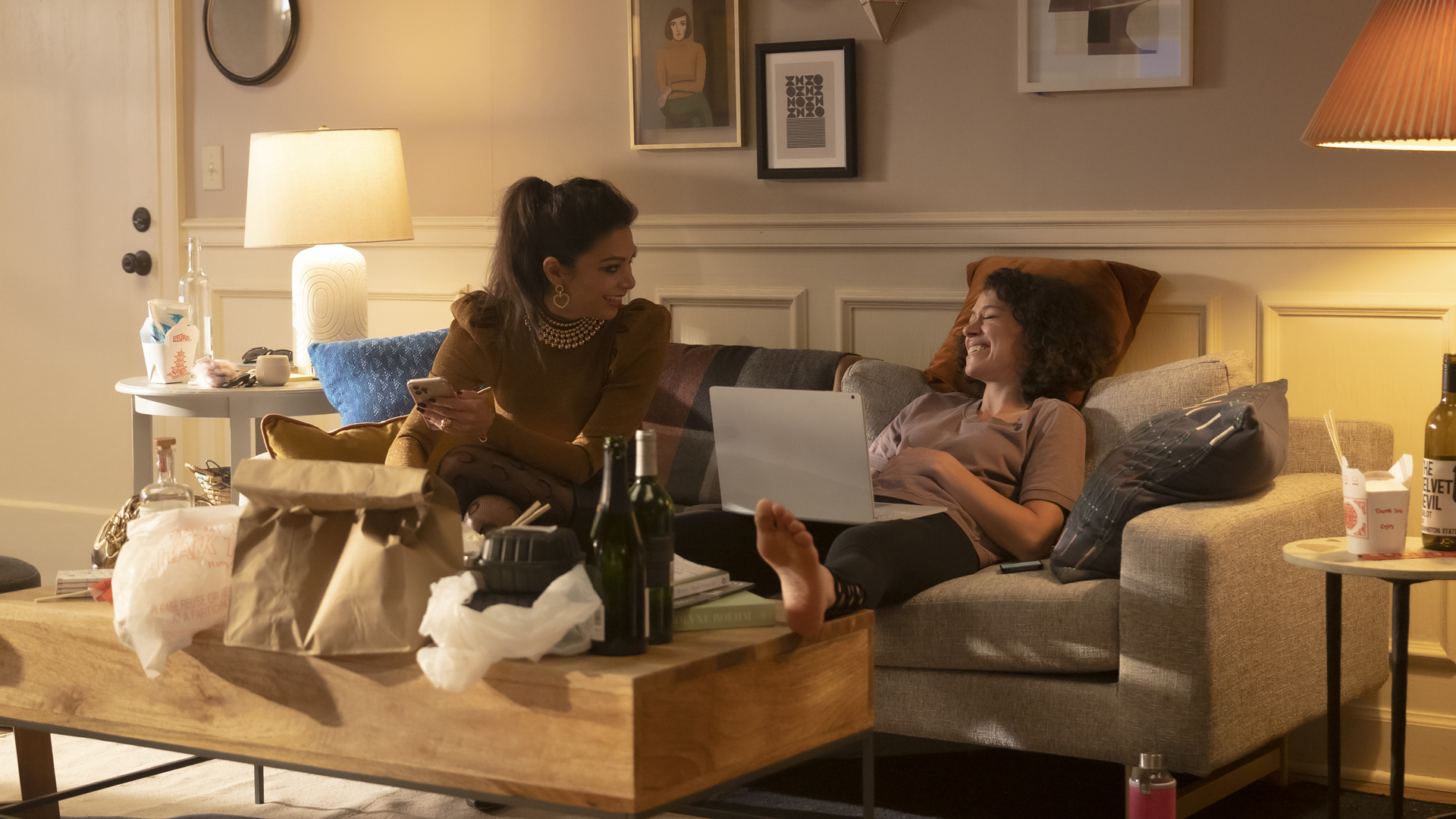
She-Hulk’s TV show isn’t immune to narrative niggles, mind you. Plot-wise, it plays out in a similar fashion to WandaVision; a similarly comedy-styled nine-episode TV serial, with both shows telling standalone tales in each episode, all the while possessing an overarching plot that’s threaded throughout.
Attorney at Law, though, isn’t as narratively cohesive as its TV sibling. For one, the lack of a looming threat is patently obvious. A throwaway remark about the show’s main villain – simply named “The Boss” by his underlings – in episode 3 aside, the series’ primary antagonist is conspicuous by their absence. WandaVision’s chief villain wasn’t revealed until later episodes, but the tension and existential dread felt throughout its early episodes implied that something wasn’t right. Unfortunately, the same cannot be said for She-Hulk: Attorney at Law.
She-Hulk could eventually be viewed as the MCU’s biggest surprise package
It’s a quandary that likely owes its existence to how busy Attorney at Law is from a character perspective. She-Hulk tries to pack so many individuals into each episode’s main story and subplots that it occasionally feels overstuffed, especially for a series comprising 30-minute episodes. The slightly predictable nature of some storylines, coupled with intermittently questionable character decisions and dialog, don’t help certain episodes’ flow, either. Such issues cause She-Hulk to periodically stray into overly silly territory. Ordinarily, that wouldn’t be a problem for a comedy-positioned series. Here, though, it can feel a bit tiresome.
Attorney at Law is also lacking in the action department. A creative and amusing fight between a riled-up Hulk and frustrated She-Hulk in the show’s premiere suggests it’ll be a series laced with original and fun-filled set pieces. But, aside from a couple of brief skirmishes, it’s a show crying out for more in the action stakes. Here’s hoping for some top-tier fight-based content in later episodes – that is, outside of the customary VFX-laden battle that all MCU productions are lumped with.
Casting wins and VFX triumphs
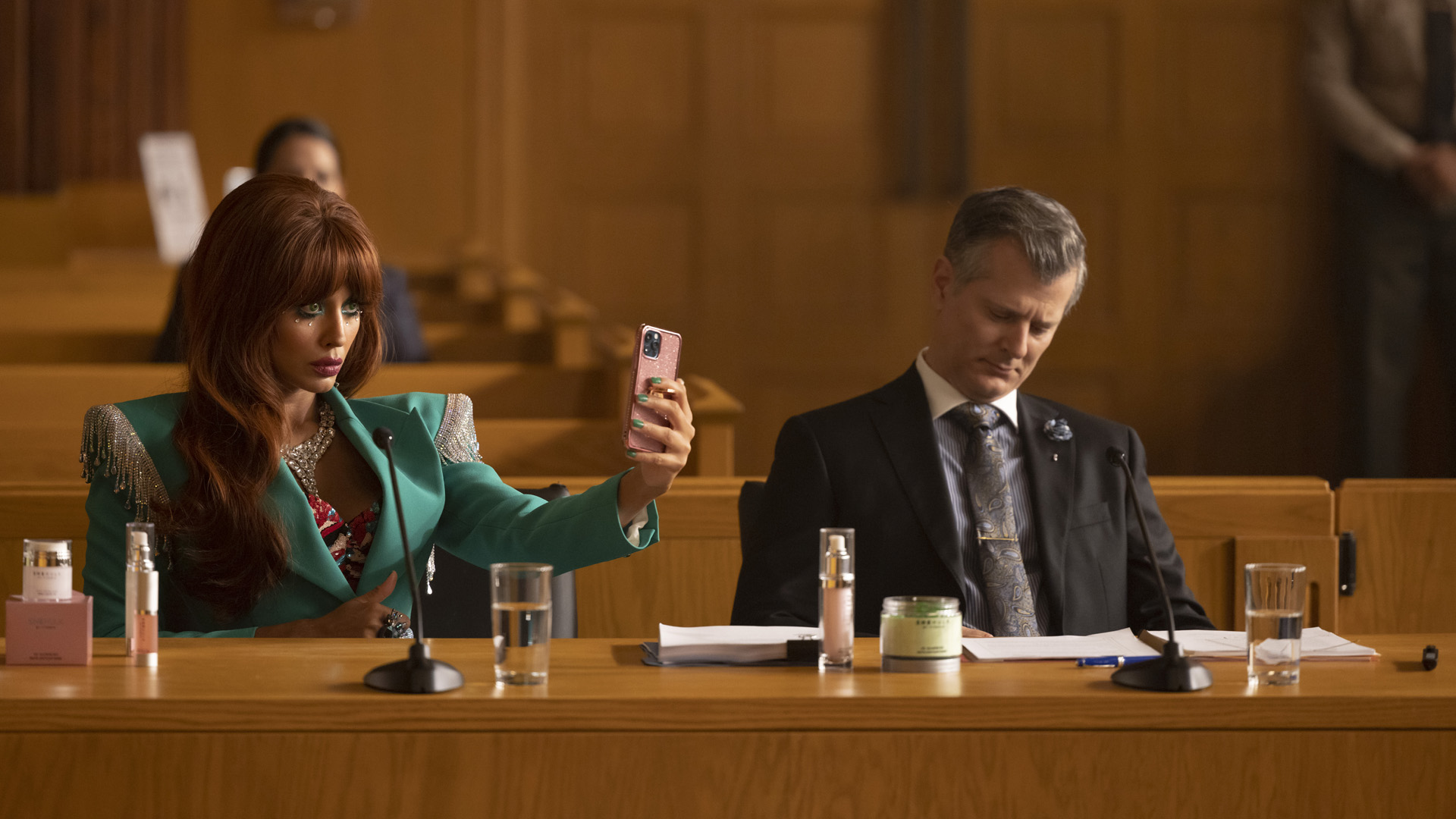
Speaking of the show’s visual effects (VFX), She-Hulk: Attorney at Law makes a mockery of those who decried its supposedly substandard CGI. The series’ visual effects look terrific, with characters including She-Hulk, Abomination, and even interdimensional demons and spacecraft given an appealing hyper-realistic appearance.
Naturally, this doesn’t detract from the criticism Marvel Studios has received about the crunch that its VFX artists have endured. Yes, She-Hulk: Attorney at Law is aesthetically pleasing, but one hopes Marvel and its outsourced VFX studios will take this valid criticism on board, review their workflow structure and office environments, and make the necessary changes to make them more employee-friendly.
As for its cast, Maslany is another superb fit for the MCU. Playing multiple roles isn’t a new experience for Maslany – she portrayed lead character Sarah Manning and her 13 clones in Canadian thriller series Orphan Black. Her endearing dual performance as Walters/She-Hulk, then, shouldn’t come as a surprise. Maslany’s hilarious, relatable turn as a character wrestling with the duality of her established and newfound identity is more than worth the admission fee. The delicate balance she finds in bringing self-referential comedy and gravitas to the role is wonderfully nuanced. Meanwhile, her fourth-wall-breaking sidebars with the audience – a hallmark of She-Hulk’s in the comics – provide some of the show’s biggest laughs.
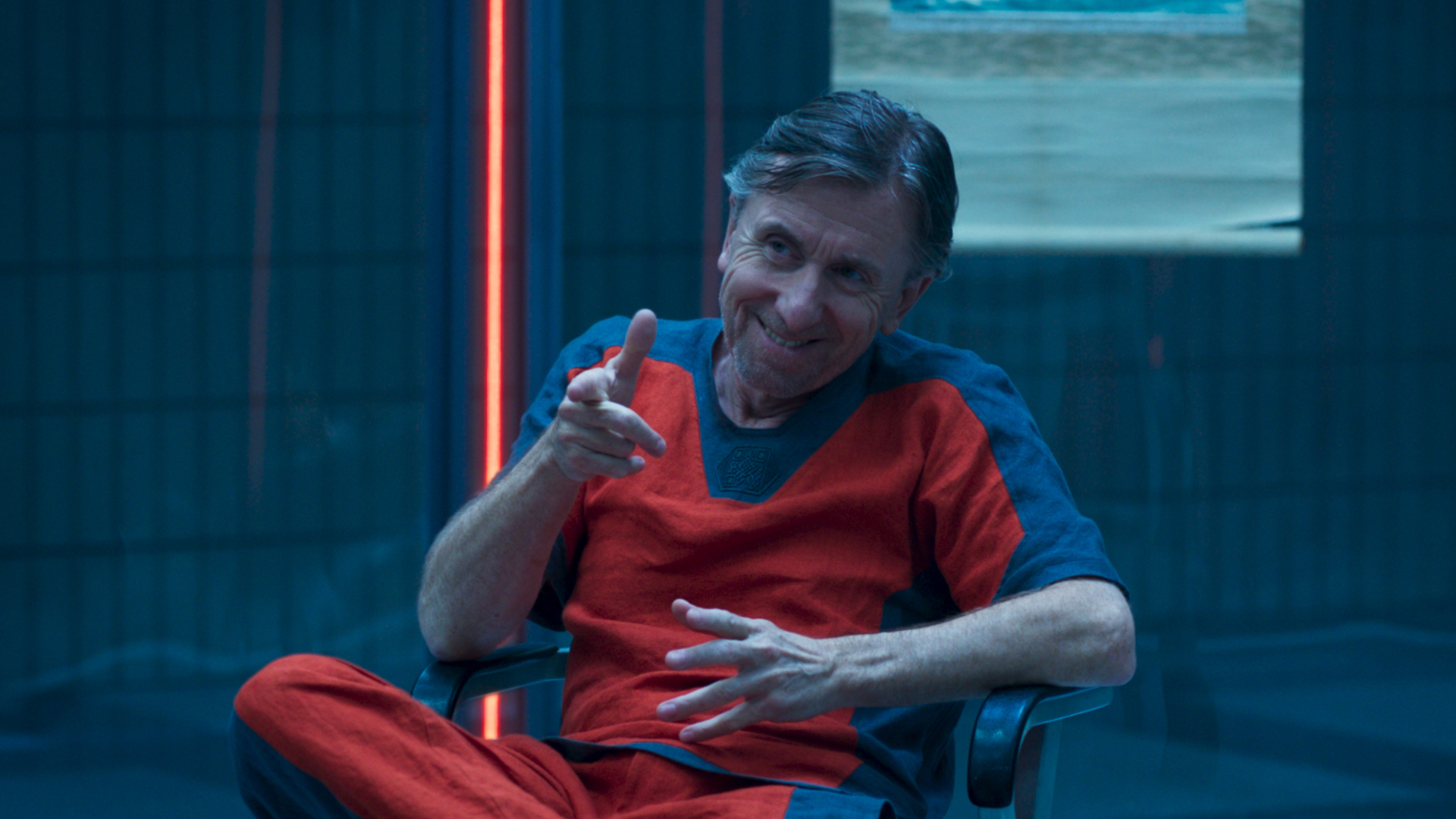
Maslany doesn’t singlehandedly carry the weight of the series on her back. A pleasing who’s who of a supporting cast, including star turns from Tim Roth and Benedict Wong as Emil Blonsky/Abomination and Wong, bring further levity to proceedings. From a non-superhero perspective, Walters’ law-based friends and nemeses, including Nikki Ramos (Ginger Gonzaga), Augustus “Pug” Pugliese (Josh Segarra), and Dennis Bukowski (Drew Matthews), keep the series grounded with its authentic portrayal of female friendship and humor-based drama.
Equally, She-Hulk: Attorney at Law’s family dynamics give it a realistic feel. Maslany’s on-screen chemistry with Ruffalo, particularly early on, provides the series with a familial feel in the same mold as Ms Marvel. The humorous cousin rivalry, complete with family-laced banter, is enjoyable to watch. The same can be said of the amusing awkwardness of Walters’ reunion with her immediate family – the deadpan and off-the-cuff remarks in this scene are top-tier comedy – after her unfortunate acquisition of superpowers. It’s these distinctly close-knit family relationships that, Ms Marvel and Hawkeye (and Ant-Man to a degree) aside, we haven’t seen regularly enough in the MCU. With other family-oriented projects in development, such as Echo and potentially Ironheart, let’s hope Attorney at Law continues the MCU’s exploration of smaller scale but weightier family dynamics.
Our verdict
She-Hulk: Attorney at Law is the funniest MCU show to date, but it’s a series grounded in realism and relatability despite its place in a universe full of supernatural, cosmic, and ethereal elements.
Its thematic exploration of character duality and the responsibility of being a superhero isn’t novel for comic book adaptations. However, it’s told in such sympathetic and amusing fashion – She-Hulk’s examination of gender equality and misogyny is as droll as it is direct – that the show actually feels pretty original. That’s in spite of the excessive amount of MCU Easter eggs and references, too, which will equally please and surprise viewers.
There are more narratively consistent Marvel TV shows than She-Hulk’s – plot-pacing issues, an overreliance on jokes, and deficiencies in the supervillain department (at least early on) don’t aid its cause. However, if She-Hulk: Attorney at Law’s main wrinkles are ironed out as the season progresses, and it finds an optimal balance between its multiple cogs, it could be the MCU’s biggest surprise package since the underrated 2021 Marvel movie Shang-Chi. And that would surely make the competition green with envy.
She-Hulk: Attorney at Law launches exclusively on Disney Plus on Thursday, August 18.
As TechRadar's senior entertainment reporter, Tom covers all of the latest movies, TV shows, and streaming service news that you need to know about. You'll regularly find him writing about the Marvel Cinematic Universe, Star Wars, Netflix, Prime Video, Disney Plus, and many other topics of interest.
An NCTJ-accredited journalist, Tom also writes reviews, analytical articles, opinion pieces, and interview-led features on the biggest franchises, actors, directors and other industry leaders. You may see his quotes pop up in the odd official Marvel Studios video, too, such as this Moon Knight TV spot.
Away from work, Tom can be found checking out the latest video games, immersing himself in his favorite sporting pastime of football, reading the many unread books on his shelf, staying fit at the gym, and petting every dog he comes across. Got a scoop, interesting story, or an intriguing angle on the latest news in entertainment? Feel free to drop him a line.
